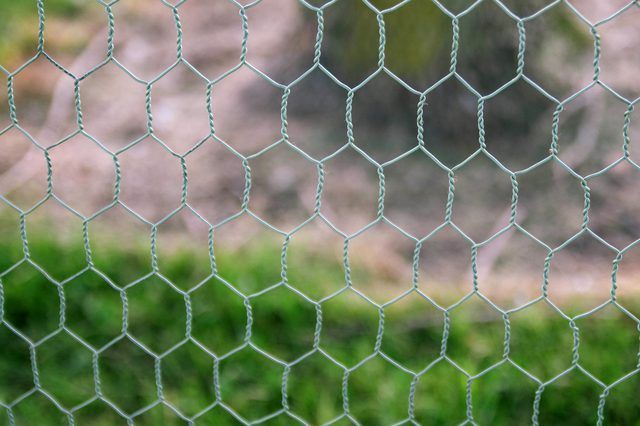Bulbs
Flower Basics
Flower Beds & Specialty Gardens
Flower Garden
Garden Furniture
Garden Gnomes
Garden Seeds
Garden Sheds
Garden Statues
Garden Tools & Supplies
Gardening Basics
Green & Organic
Groundcovers & Vines
Growing Annuals
Growing Basil
Growing Beans
Growing Berries
Growing Blueberries
Growing Cactus
Growing Corn
Growing Cotton
Growing Edibles
Growing Flowers
Growing Garlic
Growing Grapes
Growing Grass
Growing Herbs
Growing Jasmine
Growing Mint
Growing Mushrooms
Orchids
Growing Peanuts
Growing Perennials
Growing Plants
Growing Rosemary
Growing Roses
Growing Strawberries
Growing Sunflowers
Growing Thyme
Growing Tomatoes
Growing Tulips
Growing Vegetables
Herb Basics
Herb Garden
Indoor Growing
Landscaping Basics
Landscaping Patios
Landscaping Plants
Landscaping Shrubs
Landscaping Trees
Landscaping Walks & Pathways
Lawn Basics
Lawn Maintenance
Lawn Mowers
Lawn Ornaments
Lawn Planting
Lawn Tools
Outdoor Growing
Overall Landscape Planning
Pests, Weeds & Problems
Plant Basics
Rock Garden
Rose Garden
Shrubs
Soil
Specialty Gardens
Trees
Vegetable Garden
Yard Maintenance
How to Grow an Oakleaf Hydrangea
How to Grow an Oakleaf Hydrangea. In a full-sun or partially shaded site and moist, well-drained soil, an oakleaf hydrangea (Hydrangea quercifolia) thrives with little care. This upright, deciduous shrub is a North American native plant that grows in the wild in stream banks, ravines, bluffs and moist woods. Hardy in U.S. Department of Agriculture...
In a full-sun or partially shaded site and moist, well-drained soil, an oakleaf hydrangea (Hydrangea quercifolia) thrives with little care. This upright, deciduous shrub is a North American native plant that grows in the wild in stream banks, ravines, bluffs and moist woods. Hardy in U.S. Department of Agriculture plant hardiness zones 5 through 9, oakleaf hydrangea grows 6 to 8 feet tall and wide. Pests and diseases rarely attack this shrub.
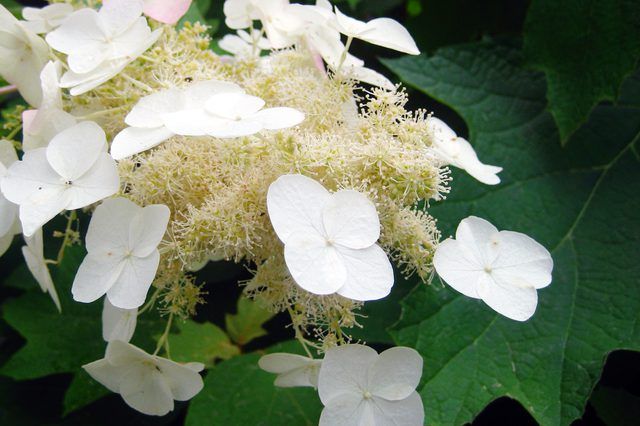
Oakleaf hydrangea grows best in fertile, acidic soil, but tolerates a range of soil types. The shrub grows in sand, clay and loam soils, and tolerates slightly alkaline soil. Moist soil gives the best growth and flowering, though oakleaf hydrangea survives moderate drought. It doesn't tolerate salt exposure.
Grow an oakleaf hydrangea so that its central stem is 36 to 60 inches from other shrubs or trees. Over time, oakleaf hydrangea grows into a multi-stemmed shrub.
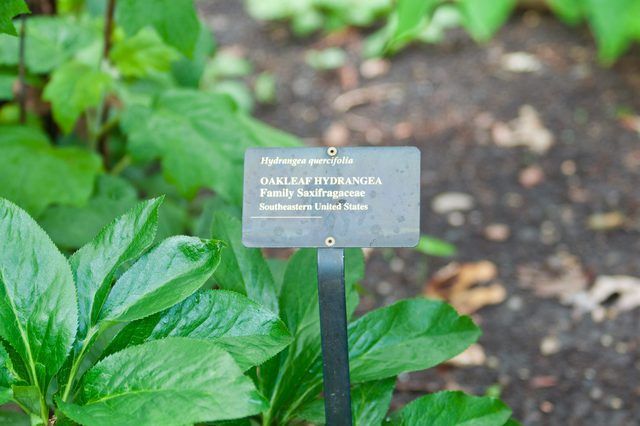
Regular watering benefits an oakleaf hydrangea, but the shrub rarely needs fertilizer. Water oakleaf hydrangea while the shrub is in leaf, so that the soil surface stays moist to the touch, but don't apply so much water that the ground becomes soggy. When the shrub's leaves have fully expanded, spread a layer of garden compost, leaf mold, shredded bark or other organic mulch 2 to 3 inches thick. This helps retain moisture in the soil over summer. Don't allow the mulch to touch the shrub's stems.
Fertilizing oakleaf hydrangea encourages leafy growth but reduces flowering. Only apply fertilizer if the shrub shows signs of nutrient deficiency, such as slow, weak growth and small, pale leaves. Fertilize a nutrient-deficient oakleaf hydrangea with a granular, 12-4-8 fertilizer as soon as deficiency symptoms appear, and every three months while the shrub is in leaf. Sprinkle the granules at a rate of 4 tablespoons per 4 square feet on the soil surface over the shrub's root area, or apply the fertilizer according to the manufacturer's instructions.
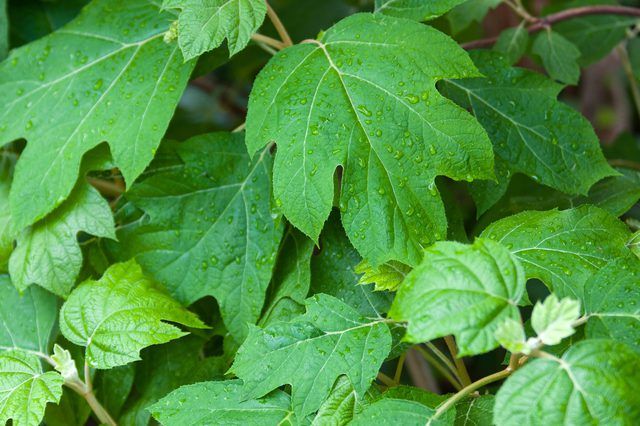
An oakleaf hydrangea usually needs little pruning, but you can prune for shape and to remove dead or damaged wood. Wipe pruning shear and pruning saw blades with a cloth that was dipped in rubbing alcohol, before and after pruning the shrub. After flowering is over, prune stems that spoil the oakleaf hydrangea's shape where they join the rest of the shrub.
Harsh winters sometimes damage an oakleaf hydrangea. When new growth appears in spring, prune dead stems where they meet living wood, and prune damaged stems 2 to 3 inches into healthy wood, just above an outward-facing leaf bud.
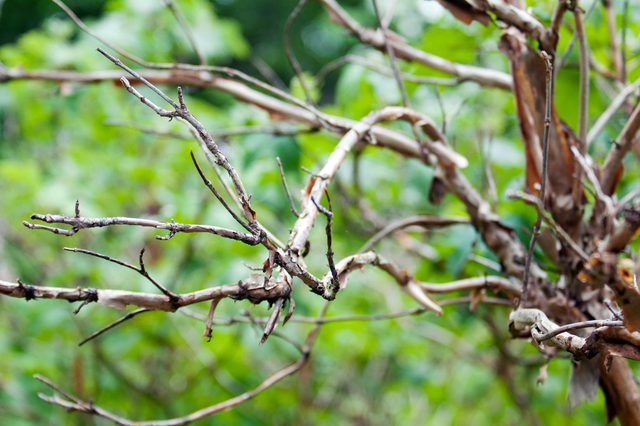
In USDA zone 5, protecting oakleaf hydrangea from frosts can save its flower buds. Severely cold temperatures damage oakleaf hydrangea flower buds, which reduces or prevents flowering in the coming growing season.
To protect an oakleaf hydrangea from heavy frosts, surround the shrub with a cylinder of chicken wire in late fall when the branches are bare. Fill the chicken wire with dead leaves, straw or hay, and wrap burlap around the outside. Tie the burlap in place with twine. When new leaves appear in spring, remove the burlap, and one week later, remove the chicken wire and filling. If a late, hard frost is forecast in spring, cover the shrub in burlap overnight.
